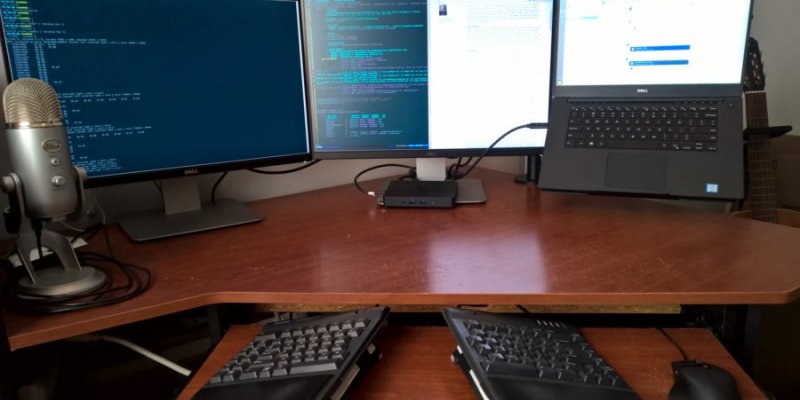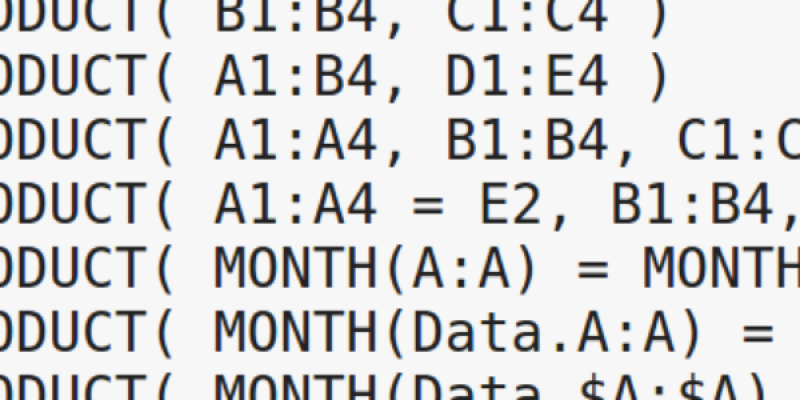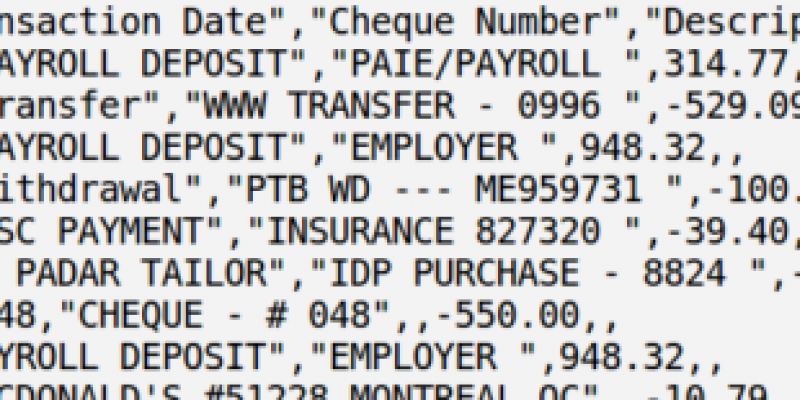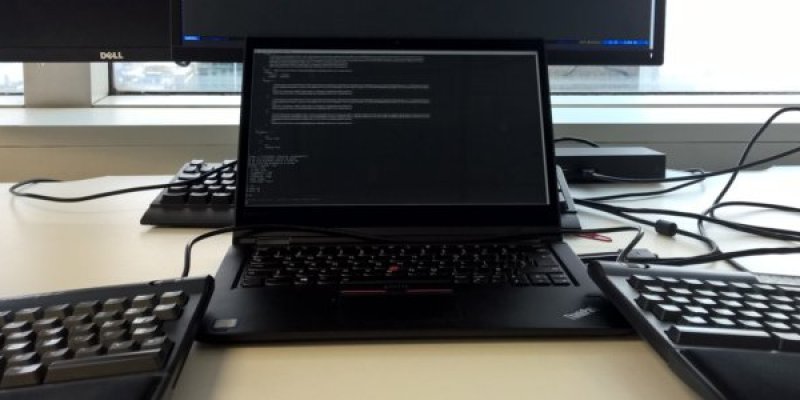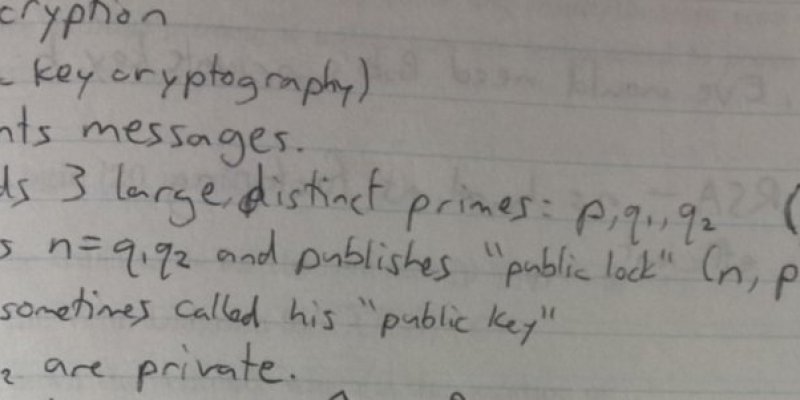The problem with having a multi-purpose, do-everything computer is that, just like the clutter on my desk, things in my computer start to accumulate. I use my laptop for work, for personal projects, for entertainment, for paperwork, and everything in between. Programs I've experimented with, temporary files, unnecessary configuration files, abandoned project folders, old photos... If there were a computer virus lurking on my hard drive, and actively wreaking havoc every time I connected to the internet, I might not even know about it. My virtual space gets just as cluttered as my physical space. My OCD tendencies may despair at my desk, but at least there is hope for my desktop.
In my article about creating a script to help process my family finances, I mentioned a spreadsheet function called SUMPRODUCT. Let me explain a little more clearly how it works.
I've been looking for a better way to keep track of my family finances, but - being the picky person I am - I've been having trouble finding one that meets all my needs. Obviously, my software developer mindset keeps telling me to make my own solution, but also, when it comes to my money and spending habits, I am even more privacy-obsessed than usual.
Back around the time that I was learning vim, my friend Simon from university introduced me to the concept of a "power user".
In general, a power user is someone that can get his or her way around a computer with great familiarity and ease. As someone who uses a computer very often - let's say......
This is a simplified overview of how public-key cryptography works. It is meant to be a supplement to my other article, Asymmetric Encryption, which you might want to read first. What you are about to read involves some high-school-level math. If that's not your thing, feel free to skip this one!
